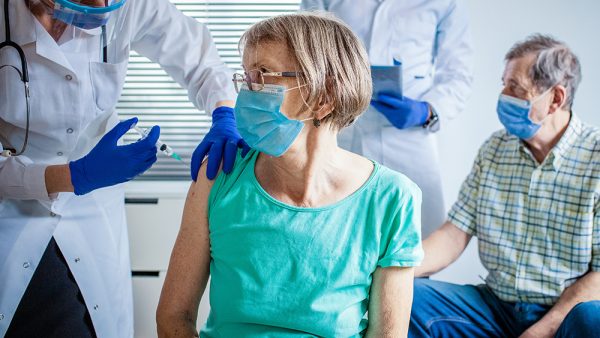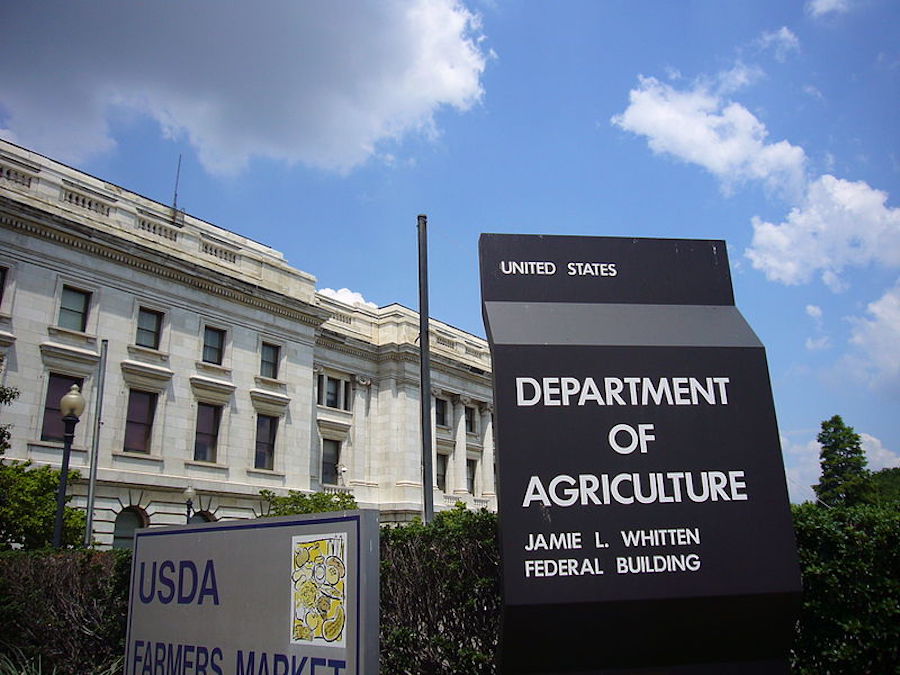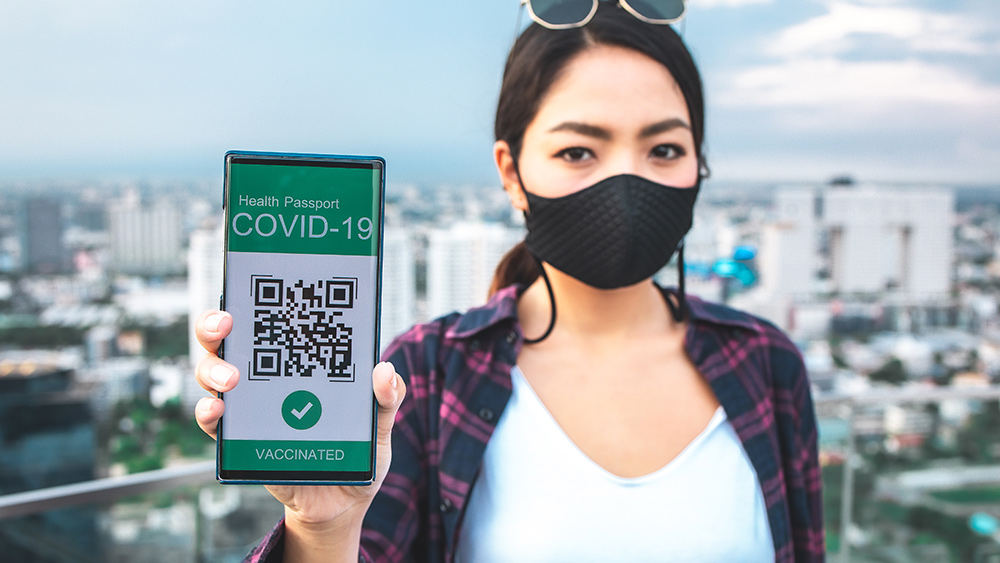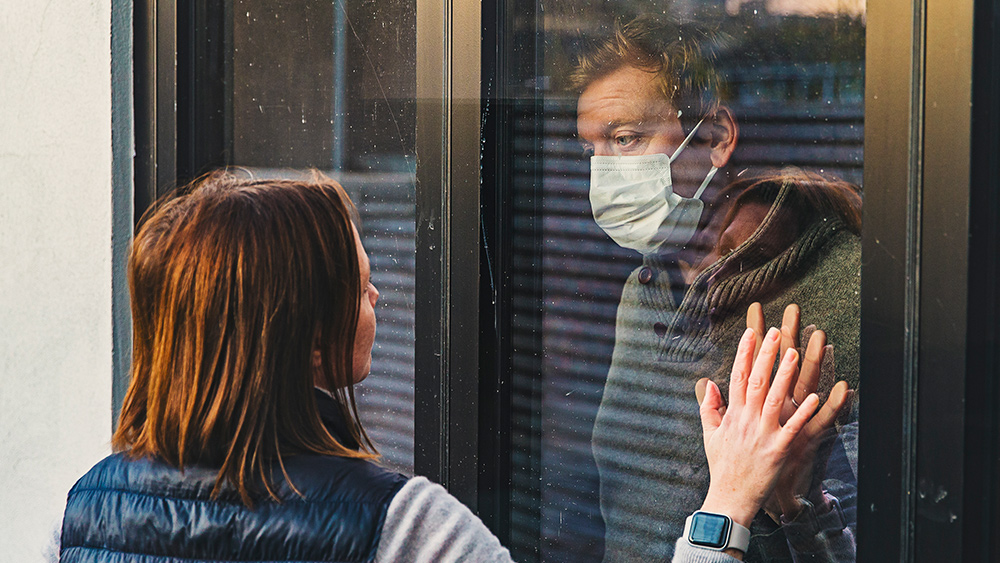
Other coffee producers also suffering misfortune
U.S. importers normally source coffee from Vietnam when weather issues hit the Brazilian crops, but COVID-19 restrictions, port congestion, high freight costs and shipping container shortages have all but eliminated this option this time around. The country, which is the world’s second-biggest coffee exporter, is in the midst of its worst outbreak of COVID-19 since the pandemic began. Exporting hub Ho Chi Minh City is in a lockdown that is significantly impacting coffee shipments. As a result, customs data shows Vietnamese coffee exports dropped 8.7 percent between July and August. Bad weather has also impacted Colombia’s harvest. In addition, the emergence of the “mu” variant of coronavirus being seen there could well spur prolonged restrictions and shortages in labor that will cause further drops in production. All of this is happening at the same time that demand for coffee is expected to start rising pretty dramatically. The lifting of coronavirus restrictions in Europe and the U.S. is likely to see many more coffee shops reopening in the coming weeks and months. Consultancy Fitch Solutions raised its 2021 forecast for average arabica coffee prices from $1.35 to $1.60 per pound. At the same time, they moved their projection for 2022 up from $1.25 to $1.50 per pound. Sources for this article include: Bloomberg.com CNBC.comBy Arsenio Toledo // Share
South Dakota farmers sue USDA over regulation of mud puddle on their land
By Divina Ramirez // Share
RAKING IN THE COVID PROFITS: Moderna bigwigs make debut in Forbes’ top 400 richest Americans
By Nolan Barton // Share
British government accused of trying to bypass Parliament in vaccine passport push
By Cassie B. // Share
An invisible assault: How everyday heavy metals sabotage brain health
By willowt // Share
Pentagon warns of China's rapidly expanding nuclear arsenal
By kevinhughes // Share
FCC grounds new Chinese drones in sweeping security move
By avagrace // Share
The methylation switch: Scientists identify diet that can turn back the cellular clock
By jacobthomas // Share
Renaissance or Ruin: A wake-up call for cultural revival and self-sufficiency
By kevinhughes // Share
Weight loss in midlife may trigger brain inflammation, study finds
By avagrace // Share











